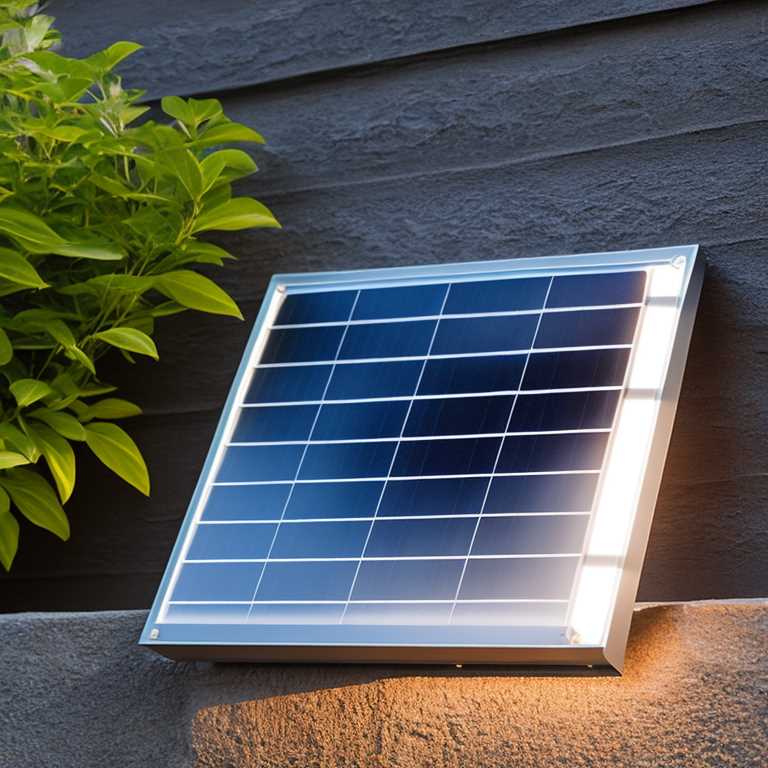What technology do solar cells use to turn light into energy?

Solar energy is one of the most important sources of renewable energy in the world. It is a clean and sustainable source of energy that has the potential to meet the world's energy needs. Solar cells are the key component of solar energy. They are designed to convert sunlight into electricity. But how do solar cells turn light into energy? In this article, we will explore the technology behind solar cells.
Solar cells are made up of semiconductor materials such as silicon, which are specially designed to capture and convert light into electricity. When light hits the surface of a solar cell, it generates an electric current. This is known as the photovoltaic effect.
The photovoltaic effect is the process by which a solar cell converts light into electricity. This occurs when photons, which are particles of light, interact with electrons in a semiconductor material. The interaction between the photons and electrons causes the electrons to be released from their atoms, creating a flow of electric current.
The technology used in solar cells is based on the properties of semiconductors. Semiconductors are materials that have a unique ability to conduct electricity under certain conditions. They are called semiconductors because they are neither good conductors nor good insulators. Their conductivity can be adjusted by adding impurities to the material, a process called doping.
In solar cells, the semiconductor material is typically made of silicon. Silicon is abundant, non-toxic, and has excellent electrical properties. The silicon is doped with impurities such as boron and phosphorus to create a p-type and n-type region respectively. The p and n regions are created by adding impurities to the silicon, which creates an excess of holes or electrons. These excess holes or electrons create a potential difference, which is the source of the electric current.
When photons hit the surface of the solar cell, they are absorbed by the semiconductor material. This causes the electrons in the material to become excited and move to a higher energy level. The excited electrons are then free to move around the material, creating a flow of electric current.
The flow of electric current is controlled by the p-n junction in the solar cell. The p-n junction is the boundary between the p-type and n-type regions. When the light hits the solar cell, it creates an electric field at the p-n junction, which separates the electrons and holes. The electrons are pushed towards the n-type region, while the holes are pushed towards the p-type region. This creates a potential difference, which is the source of the electric current.
The efficiency of a solar cell is determined by the amount of light it can convert into electricity. The efficiency of a solar cell is measured by its conversion efficiency, which is the percentage of light that is converted into electricity. The conversion efficiency of a solar cell depends on several factors such as the quality of the semiconductor material, the design of the solar cell, and the wavelength of the light.
The quality of the semiconductor material is critical to the efficiency of a solar cell. The purity of the material and the quality of the doping process can affect the performance of the solar cell. The design of the solar cell is also important. The design of the solar cell can affect the amount of light that is absorbed by the semiconductor material. The wavelength of the light also affects the efficiency of the solar cell. Different wavelengths of light are absorbed differently by the semiconductor material. Solar cells are designed to maximize the absorption of light in the visible spectrum.
Solar cells are the key component of solar energy. They are designed to convert sunlight into electricity using the photovoltaic effect. The technology used in solar cells is based on the properties of semiconductors. The semiconductor material is typically made of silicon, which is doped with impurities to create a p-type and n-type region. When light hits the surface of the solar cell, it creates an electric field at the p-n junction, which separates the electrons and holes. The electrons are pushed towards the n-type region, while the holes are pushed towards the p-type region. This creates a potential difference, which is the source of the electric current. The efficiency of a solar cell depends on several factors such as the quality of the semiconductor material, the design of the solar cell, and the wavelength of the light. Solar energy is an important source of renewable energy that has the potential to meet the world's energy needs.